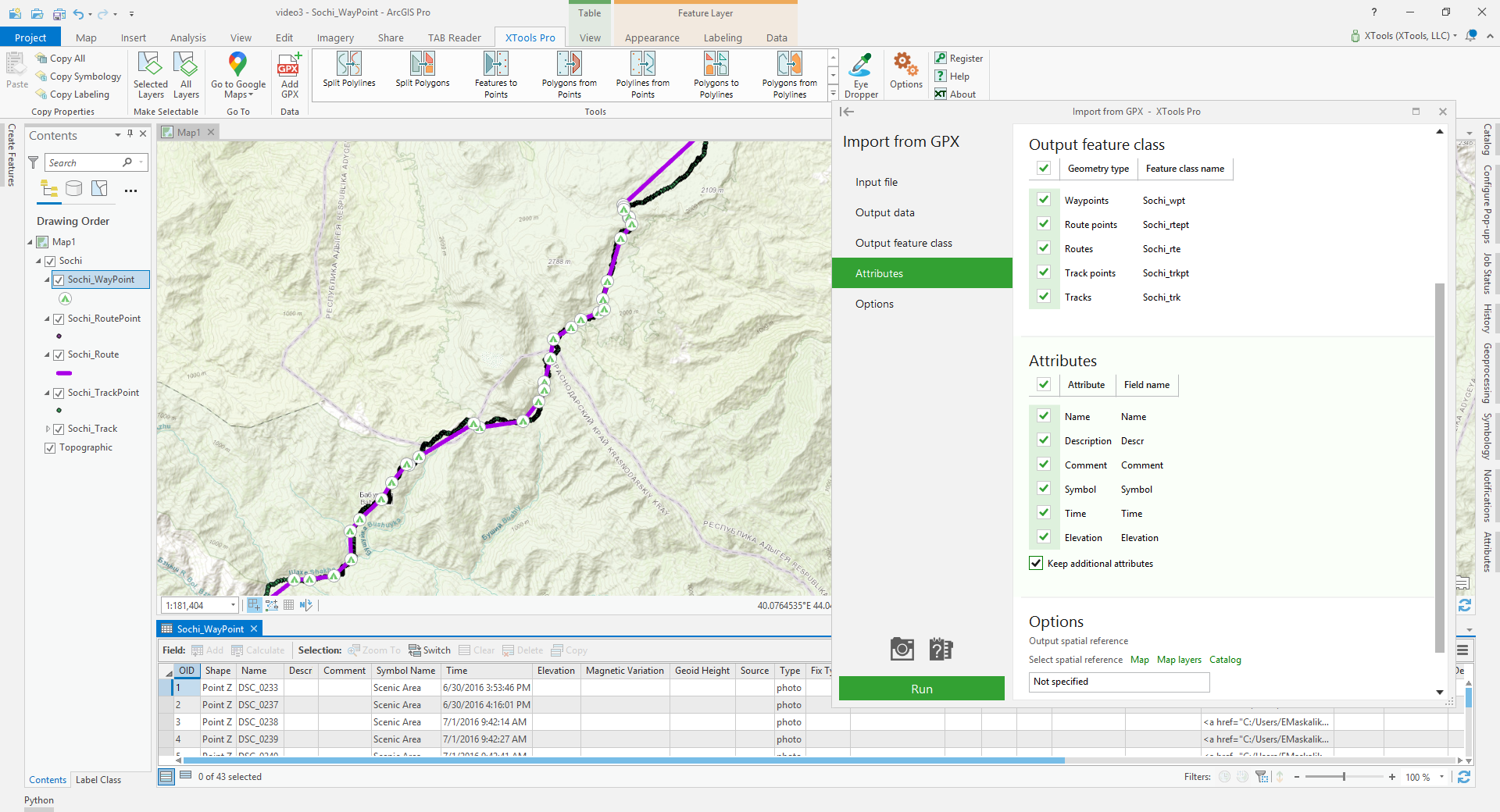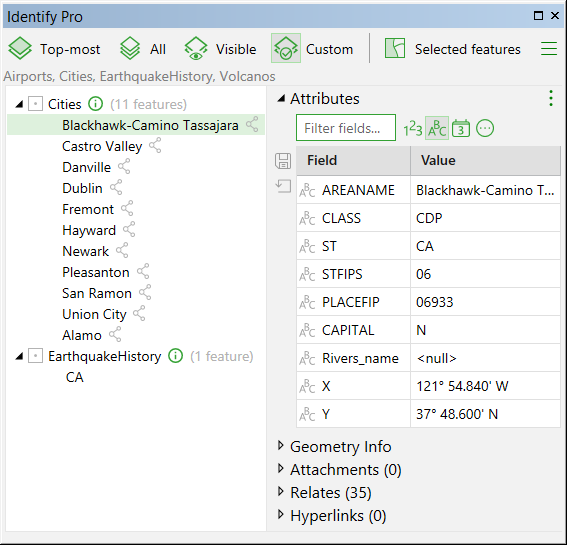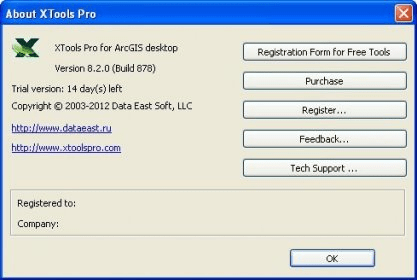
For example, if the output linear units is centimeters, the output area density units will be SQUARE_MAP_UNITS, which would result in square centimeters. That is, the output density units will be the square of the linear units of the output spatial reference. If the output units is anything other than feet or meters, the output area density units will be set to SQUARE_MAP_UNITS. If the output linear units are feet, the output area density units will be set to SQUARE_MILES. If the output linear units are meters, the output area density units will be set to SQUARE_KILOMETERS, outputting square kilometers for point features or kilometers per square kilometers for polyline features. The default output density units is determined by the linear units of the output spatial reference as follows. If no output spatial reference is specified, the output spatial reference will be the same as the input feature class.

Values for line density convert the units of both length and area. You can change this to the appropriate unit if you wish to convert the density output.

The desired area units of the output density values.Ī default unit is selected based on the linear unit of the output spatial reference. If there is no POPULATION field, POPULATIONxxxx field, POP field, or POPxxxx field, NONE is used by default.If there is no POPULATION field, POPULATIONxxxx field, or POP field, but there is a POPxxxx field, this is used by default.If there is no POPULATION field or POPULATIONxxxx field, but there is a POP field, this is used by default.The xxxx can be any valid character, such as POPULATION6, POPULATION1974, or POPULATIONROADTYPE. If there is no POPULATION field, but there is a POPULATIONxxxx field, this is used by default.Otherwise, the default field is POPULATION. You can use Shape if input features contains Z. Use None if no item or special value will be used and each feature will be counted once. The options and default behaviors for the field are listed below. Values in the population field may be integer or floating point. The populationįield is the count or quantity to be spread across the landscape to Syntax KernelDensity (in_features, population_field, ) Parameterįield denoting population values for each feature. See Analysis environments and Spatial Analyst for additional details on the geoprocessing environments that apply to this tool. See Learn more about geographic and projected coordinate systems for determining appropriate projections. The PLANAR method may be appropriate if the analysis is to be performed on a local area with a projection that accurately maintains the correct distance and area.

It is recommended that in most cases the GEODESIC method should be used. The density calculations are dependent on accurate distance and area calculations. In these cases, you may want to enter your own search radius. If the mean of the population field is much smaller than 1, the calculated bandwidth might seem unreasonably large. If the mean of the population field is much bigger than 1 (for example, as with city populations), the default search radius might be very small, resulting in small rings around the input points. Very large or very small values in the Population field can give results that may seem unintuitive. This approach corrects for spatial outliers-input points that are very far away from the rest-so they will not make the search radius unreasonably large. To obtain larger values, select the area unit scale factor for larger units (for example, square kilometers versus square meters).įor ArcGIS 10.2.1 and later, the default search radius (bandwidth) is calculated based on the spatial configuration and number of input points. If the area unit scale factor units are small relative to the features (distance between points or length of line sections, depending on feature type), the output values may be small. If no points or line sections fall within the neighborhood of a particular cell, that cell is assigned NoData. Only the points or portions of a line that fall within the neighborhood are considered in calculating density. Smaller values produce a raster that shows more detail. Larger values of the search radius parameter produce a smoother, more generalized density raster. Learn more about how Kernel Density works Illustration OutRas = KernelDensity(InPts, None, 30) Usage Calculates a magnitude-per-unit area from point or polyline features using a kernel function to fit a smoothly tapered surface to each point or polyline.


 0 kommentar(er)
0 kommentar(er)
